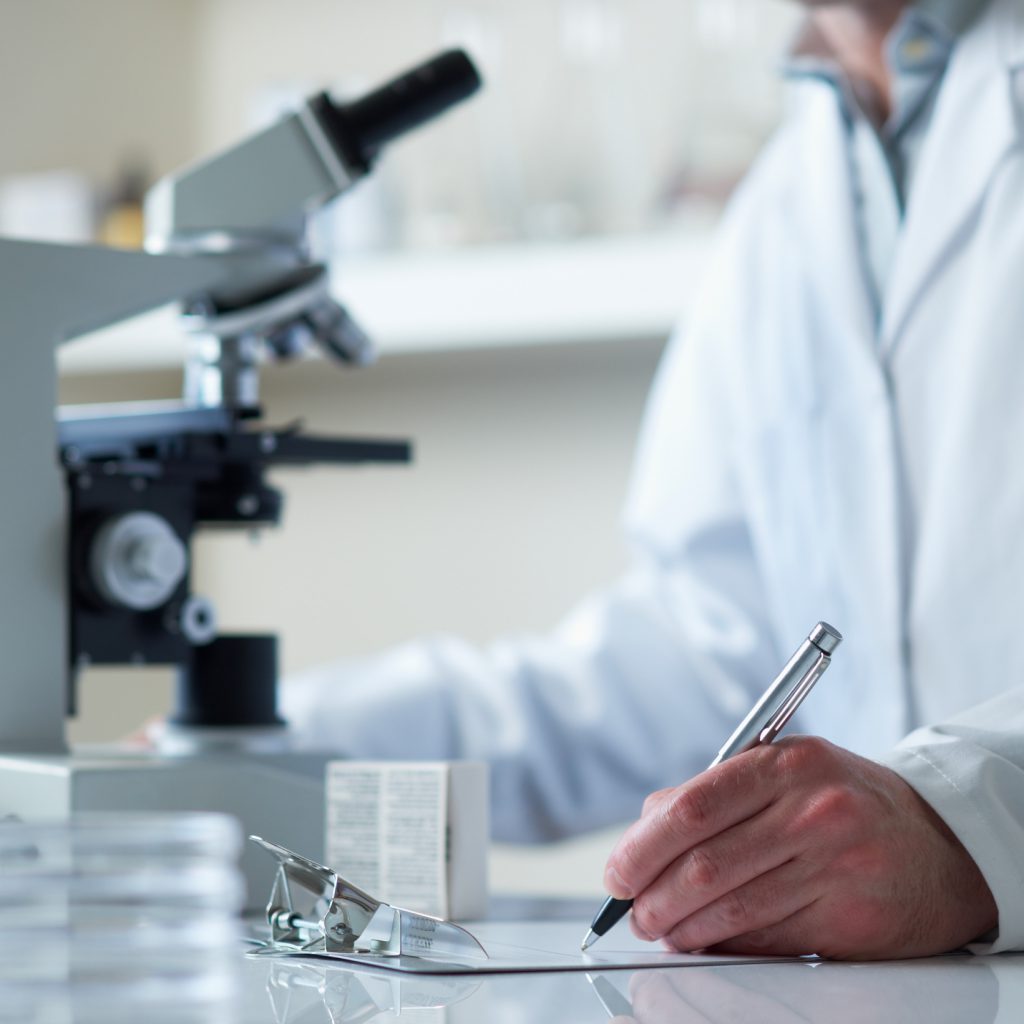
The mission
The mission of GYM is to combat the major health care problem of losing muscle mass and power by developing and commercially producing an affordable stem cell therapy for muscle repair and regeneration in affected individuals. The challenges the GYM project addresses, impact both the vulnerable population and the socio-economic status of the Euregio Meuse-Rhine, and will make the Euregio Meuse-Rhine a leader in stem cell therapy for muscle disease.
Three different types of muscle pathologies
Muscle pathology can manifest due to a genetic defect in energy supply (mitochondrial myopathy), a genetic defect affecting essential muscle proteins (muscular dystrophy) or genetic or non-genetic loss of muscle mass (muscular atrophy). The different pathologies are not exclusive and overlap exists, for example patients with muscular dystrophies can suffer from energy defects and loss of muscle mass as well. In principle, administration of autologous healthy muscle stem cells could be beneficial for all these conditions, either to treat the primary defect or to improve the quality of life.
Mitochondrial myopathy
Mitochondrial myopathies are genetically defined disorders, caused by defects in oxidative phosphorylation, which generates ATP, the cellular source of energy. Predominantly, but not exclusively, skeletal muscle. is involved. The genetic defect can be located in the mitochondrial DNA or in any of the nuclear genes, encoding mitochondrial proteins. No cure exist for the majority of mitochondrial myopathies.
Mitochondrial myopathy due to mtDNA m.3243A>G mutation
Progressive myopathy and exercise intolerance occur in >50% of patients with the m.3243A>G mutation. Aging-related muscle loss appears to play a major role as well, since the percentage of myopathy patients drastically increases with age, making it the most significant symptom for these patients.
Mitochondrial myopathy due to single large mtDNA deletions
In single large mitochondrial DNA (mtDNA) deletion syndromes, muscle weakness is an important, progressive debilitating feature in 1/8 of the patients at onset and almost half of them at last evaluation. This may be an underestimation as more than 75% of the patients have abnormalities in a muscle biopsy.
Mitochondrial myopathy due to nuclear gene mutations
Nuclear gene defects identified in mitochondrial myopathy predominantly affect mtDNA replication, transcription and translation, oxidative phosphorylation (OXPHOS) and mtDNA biogenesis. These diseases are clinically and genetically highly heterogeneous.
Muscular dystrophy
Muscular dystrophy is characterised by progressive muscle weakness. Specific signs and symptoms begin at different ages and in different muscle groups, depending on the type of muscular dystrophy. In muscular dystrophy, gene mutations affect the production of proteins needed to form healthy muscle. There is no cure for muscular dystrophy, but medications and therapy can help manage symptoms and slow the course of the disease.
MDC1A or LAMA2 disease
Autosomal recessive Merosin-Deficient Congenital Muscular Dystrophy (MDC1A) is the congenital form of LAMA2-Muscular Dystrophy (LAMA2-MD). Complete laminin-α2 deficiency is associated with severe congenital disease, whereas partial laminin-α2 deficiency manifests milder. Laminin-α2 is important for sarcolemma integrity and adhesion of muscle to the extracellular matrix.
Myotonic Dystrophy Type I
Myotonic dystrophy type 1 (DM1) is an autosomal dominant chronic progressive multi-system disorder and the most common form of muscular dystrophy in adults. The genetic cause of DM1 results is an amplified CTG-trinucleotide repeat in the 3’ untranslated (3’ UTR) region of the DMPK gene. The prevailing paradigm is that the expanded repeat exerts toxic effects at the RNA level.
Other muscular dystrophies
Muscular dystrophies refer to a group of more than 30 genetic diseases that cause progressive weakness and degeneration of skeletal muscles used during voluntary movement. There are nine major subgroups, classified by the extent and distribution of muscle weakness, age of onset, rate of progression, severity of symptoms, and family history (including any pattern of inheritance).
Muscular atrophy
Muscular atrophy is characterised by the loss of muscle tissue, due to the lack of physical activity. An injury or illness, like cancer or stroke, poor nutrition, genetics, and certain medical conditions can all contribute to muscle atrophy. Loss of muscle mass may also be an inevitable result of natural aging, causing an increased risk of injuries, and negatively impact overall quality of life. Limited treatment options exist, partly based on physical activity, which is not possible fo all patients.
Cachexia
Nearly one-third of cancer deaths can be attributed to a wasting syndrome called cachexia. The body breaks down skeletal muscle and adipose tissue, which leads to a dramatic loss of skeletal muscle mass and a substantial weight loss. Patients suffering from cachexia are often frail and weak. Cachexia occurs in many cancers, usually at the more advanced stages.
Sarcopenia
Sarcopenia is a progressive skeletal muscle disorder involving the accelerated loss of muscle mass and function that is associated with falls, functional decline, frailty, and mortality. In general, it is an age-related process in older people, influenced by genetic and lifestyle factors. Sarcopenia affects up to a third of people ages 60 and above.
Disuse muscle wasting
Disuse causes rapid muscle atrophy and often occurs during injury or illness that requires immobilization of a limb or bed rest. Depending on the duration of disuse, the underlying cause and the health of the individual, this may be fully reversed with activity. However, in certain conditions this is not possible.
Our team
GYM is embedded in the synergy of academic researchers and the biotechnology industry in the Euregio Meuse-Rhine and the profitable climate that has been created for regenerative medicine in this region. The Euregio Meuse-Rhine is the only region having the complete knowledge portfolio of required, complementary expertise for the muscle stem cell therapy approach of GYM. The academic part of the team consists of the Universiteit Maastricht (project and team leader Prof. Bert Smeets), the Universiteit Hasselt (team leader Prof. Bert Op ‘t Eijnde), the Université de Liège (team leader Prof. Yves Beguin), the Universitätsklinikum RWTH Aachen (team leader Prof. Horst Fischer) and the Katholieke Universiteit Leuven (team leader Prof. Maurilio Sampaolesi). The companies involved are Scannexus (team leader Kim Feron) and Kenko Int. (team leader Ineke Rijnhout).




